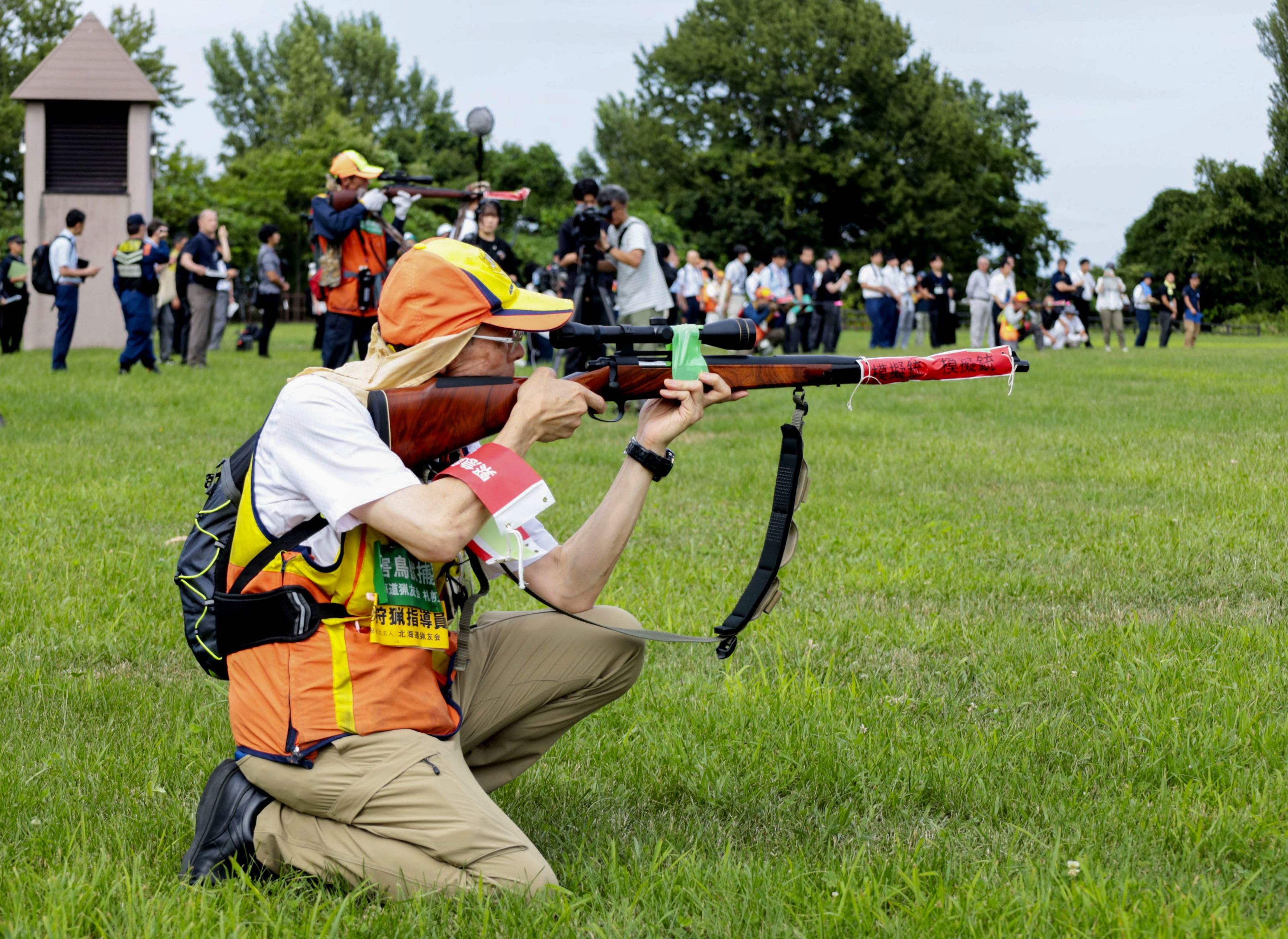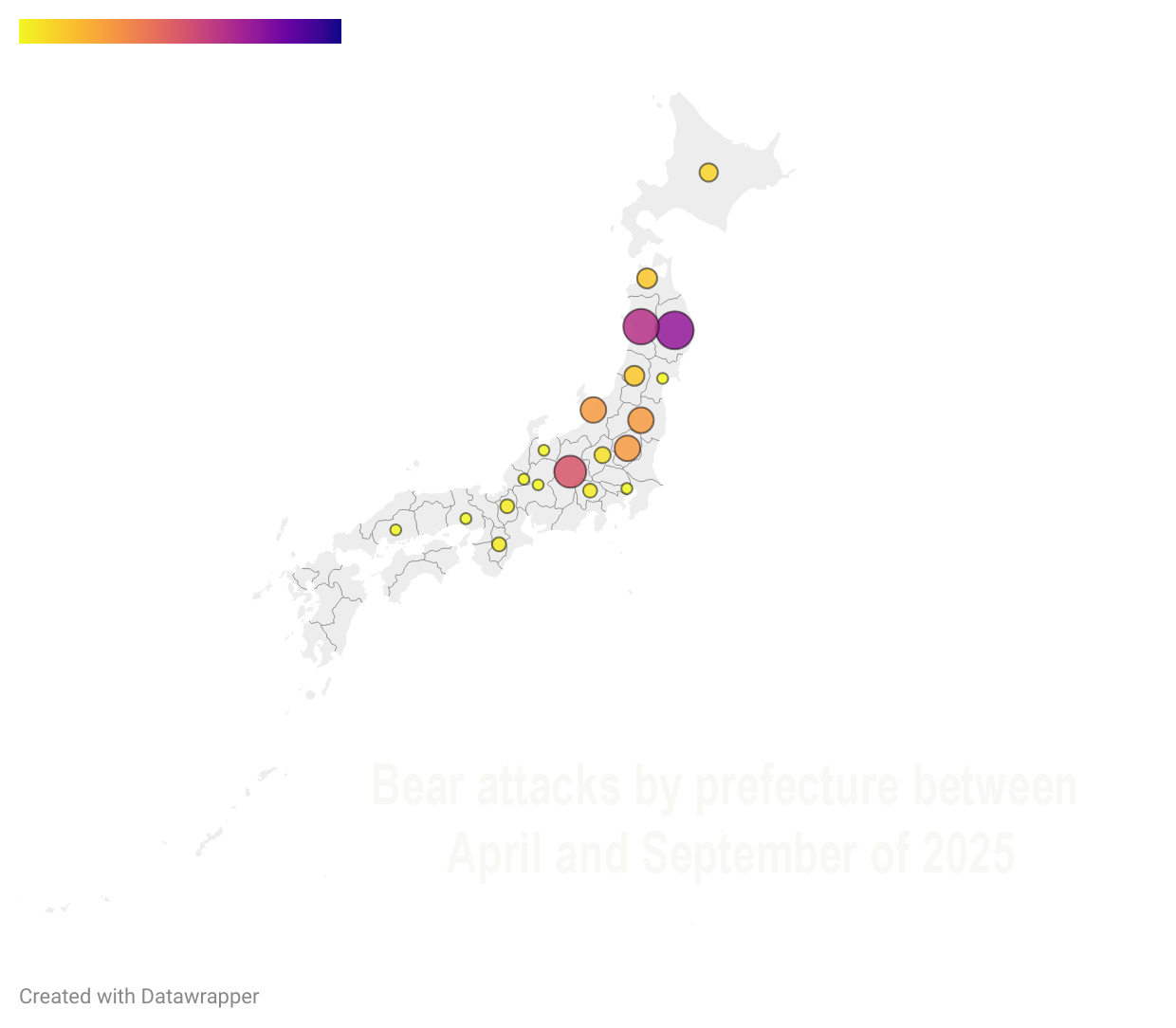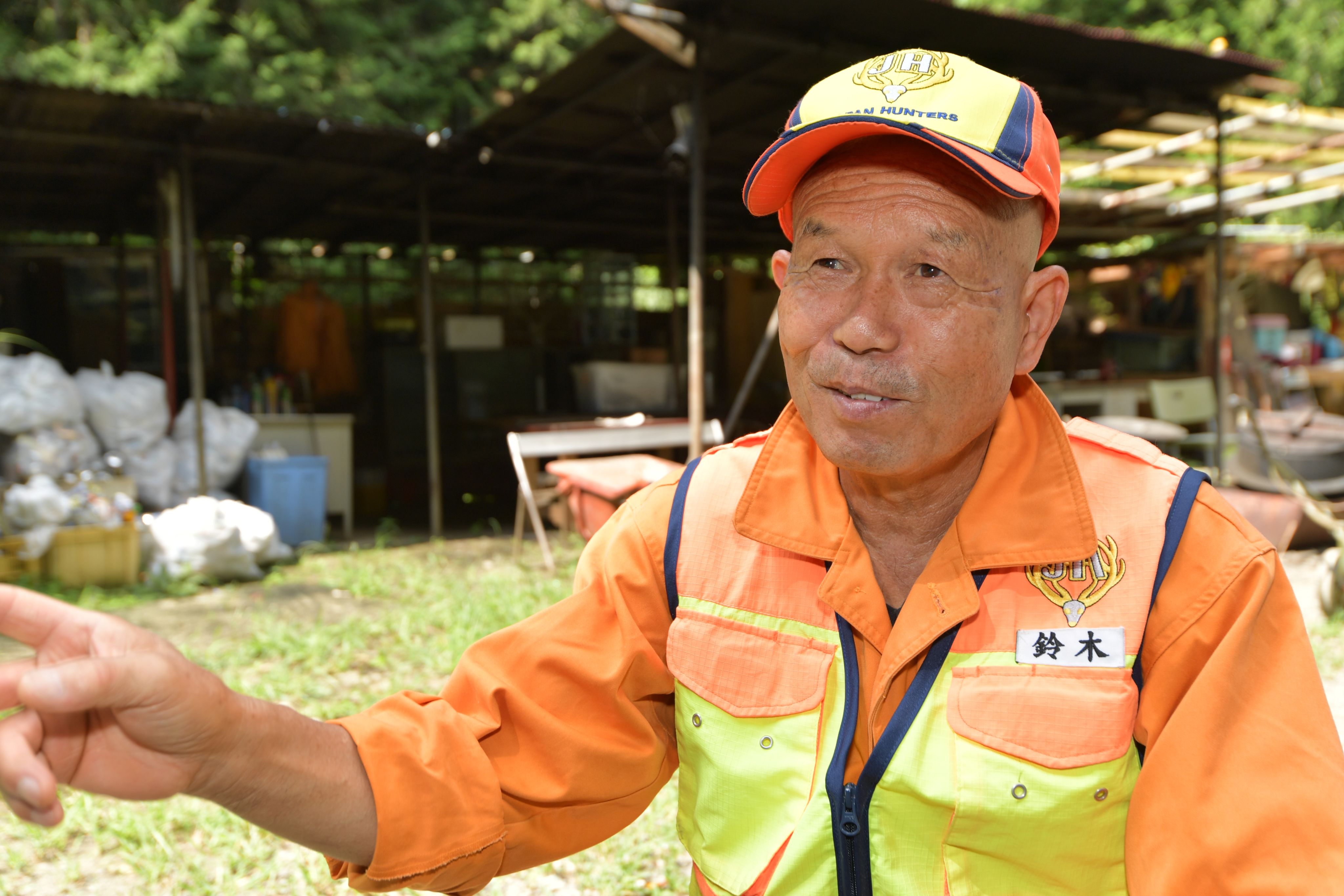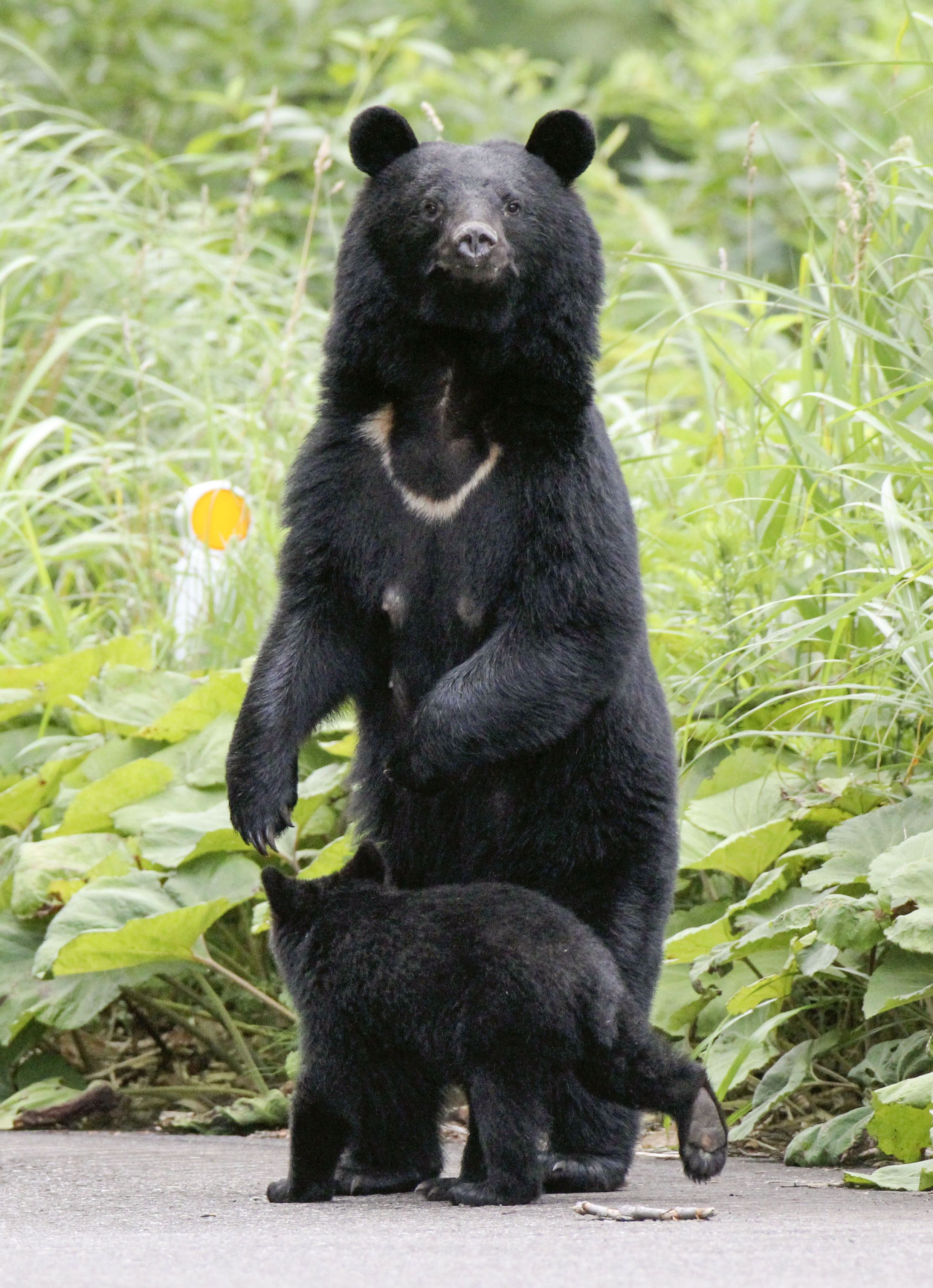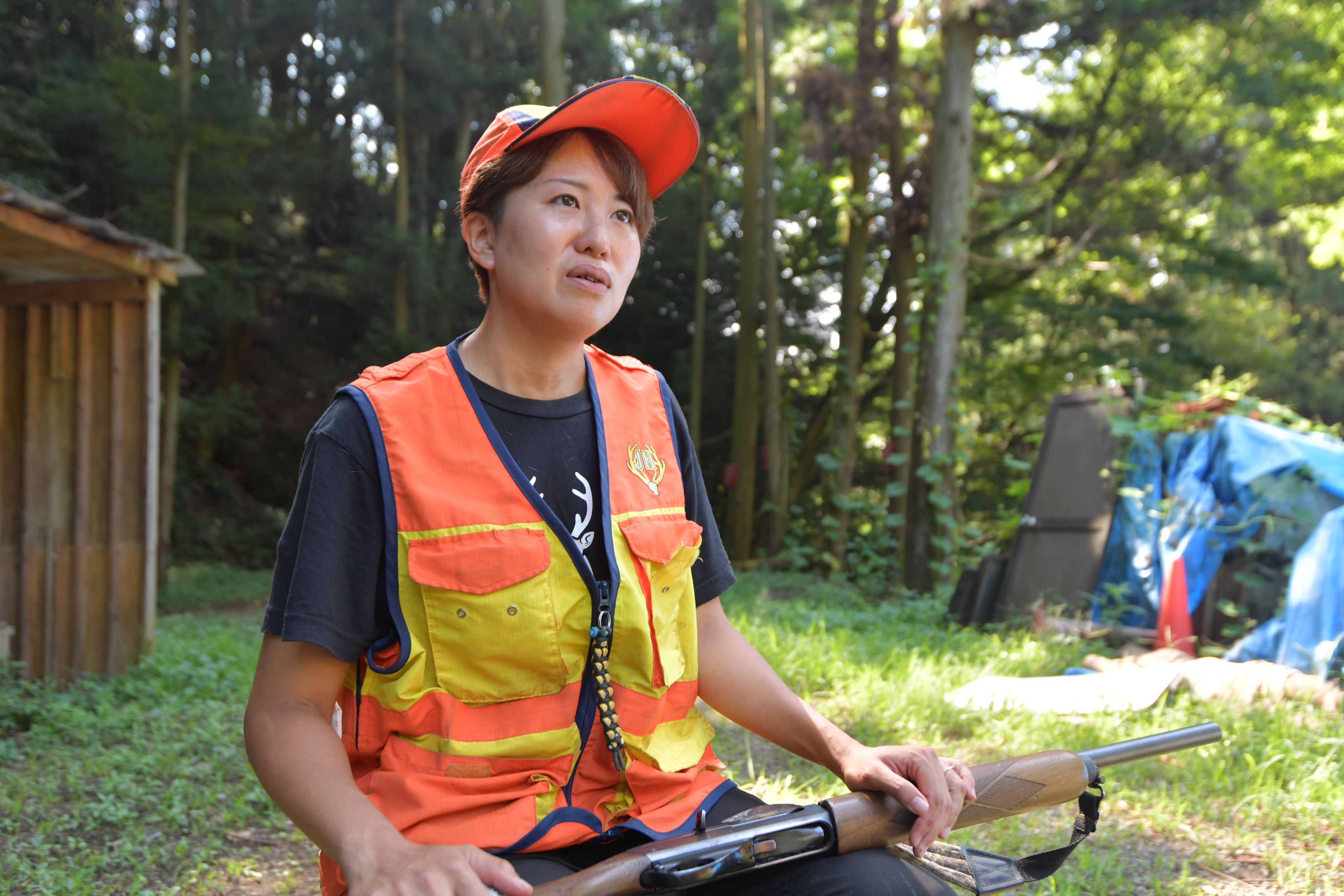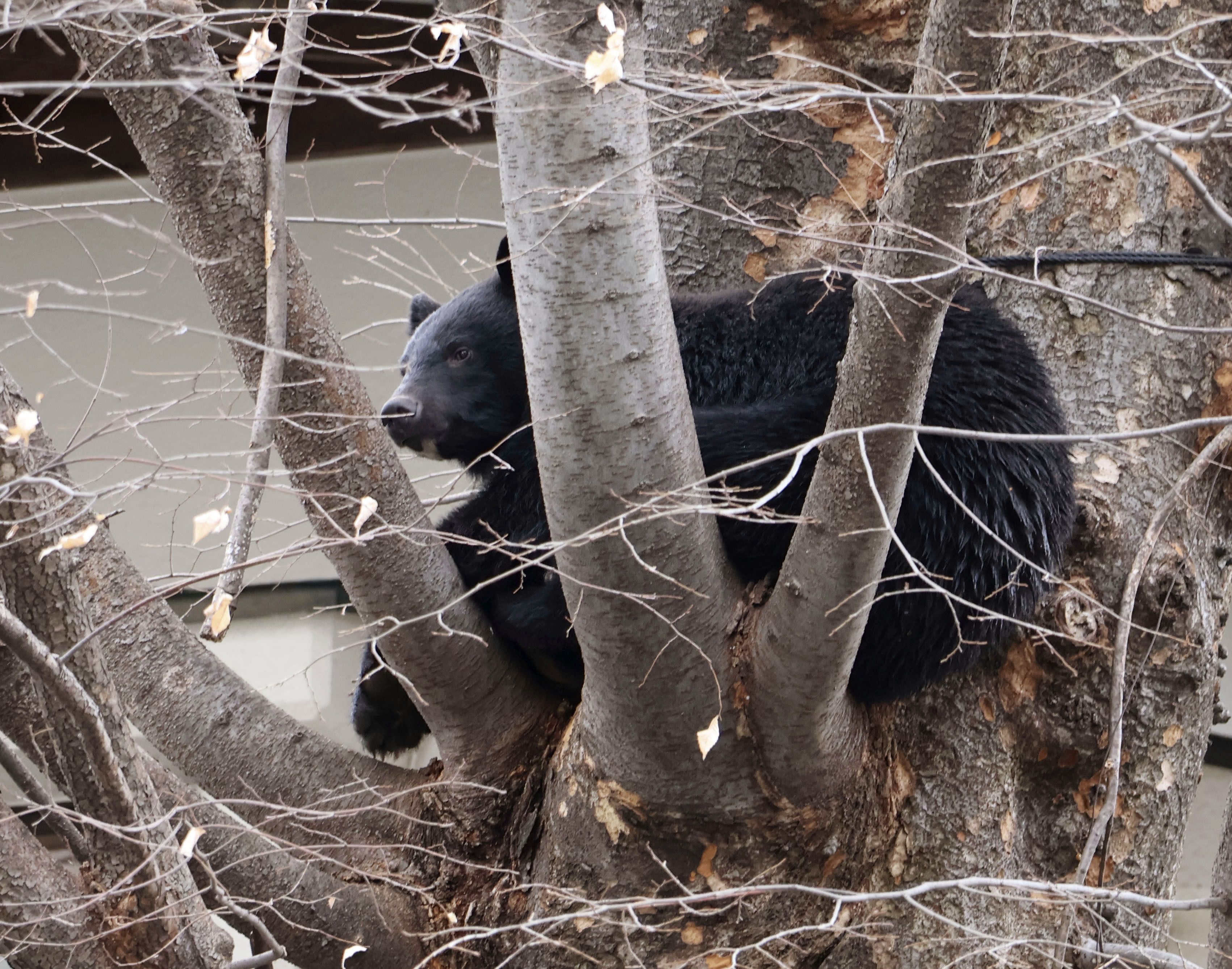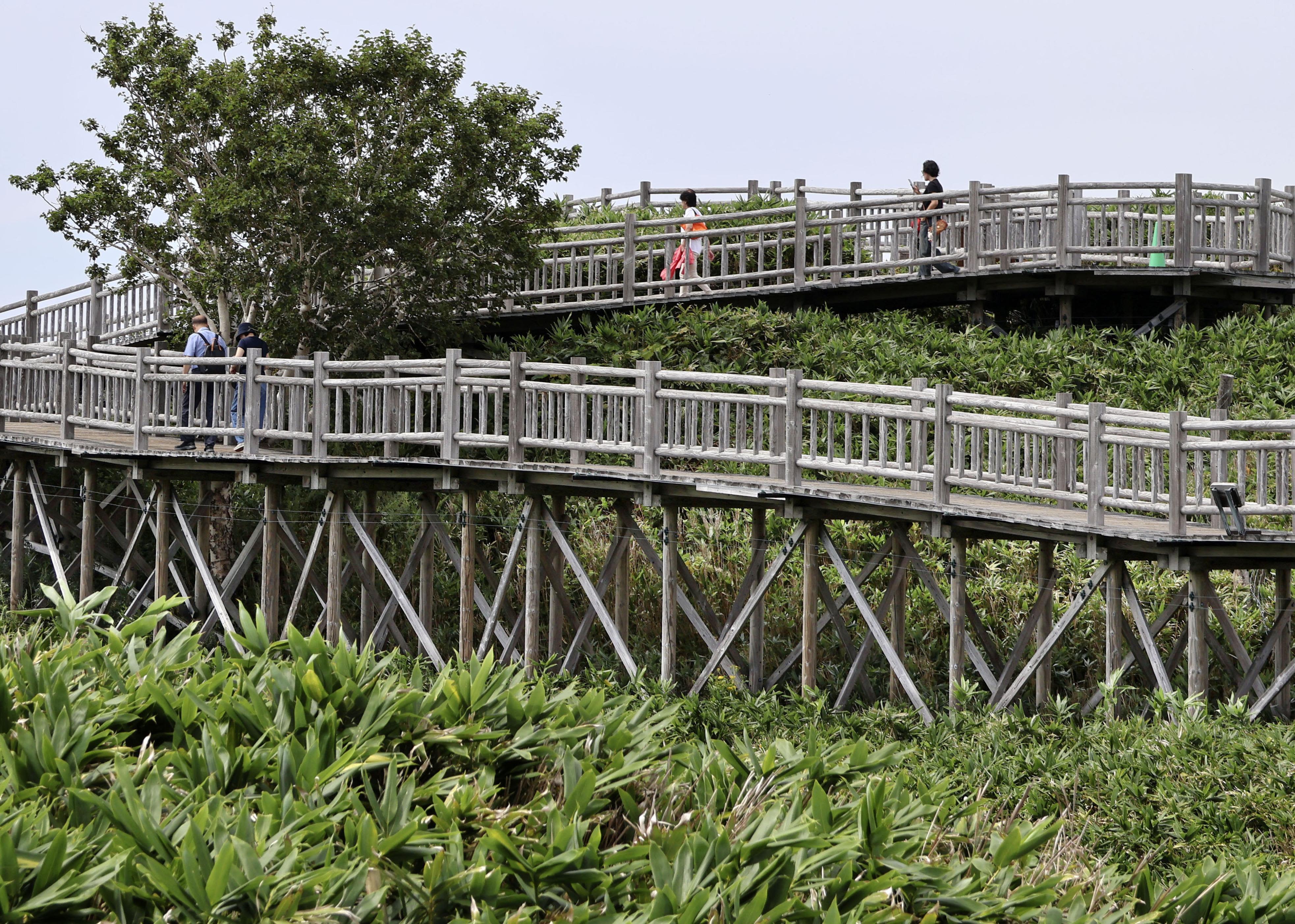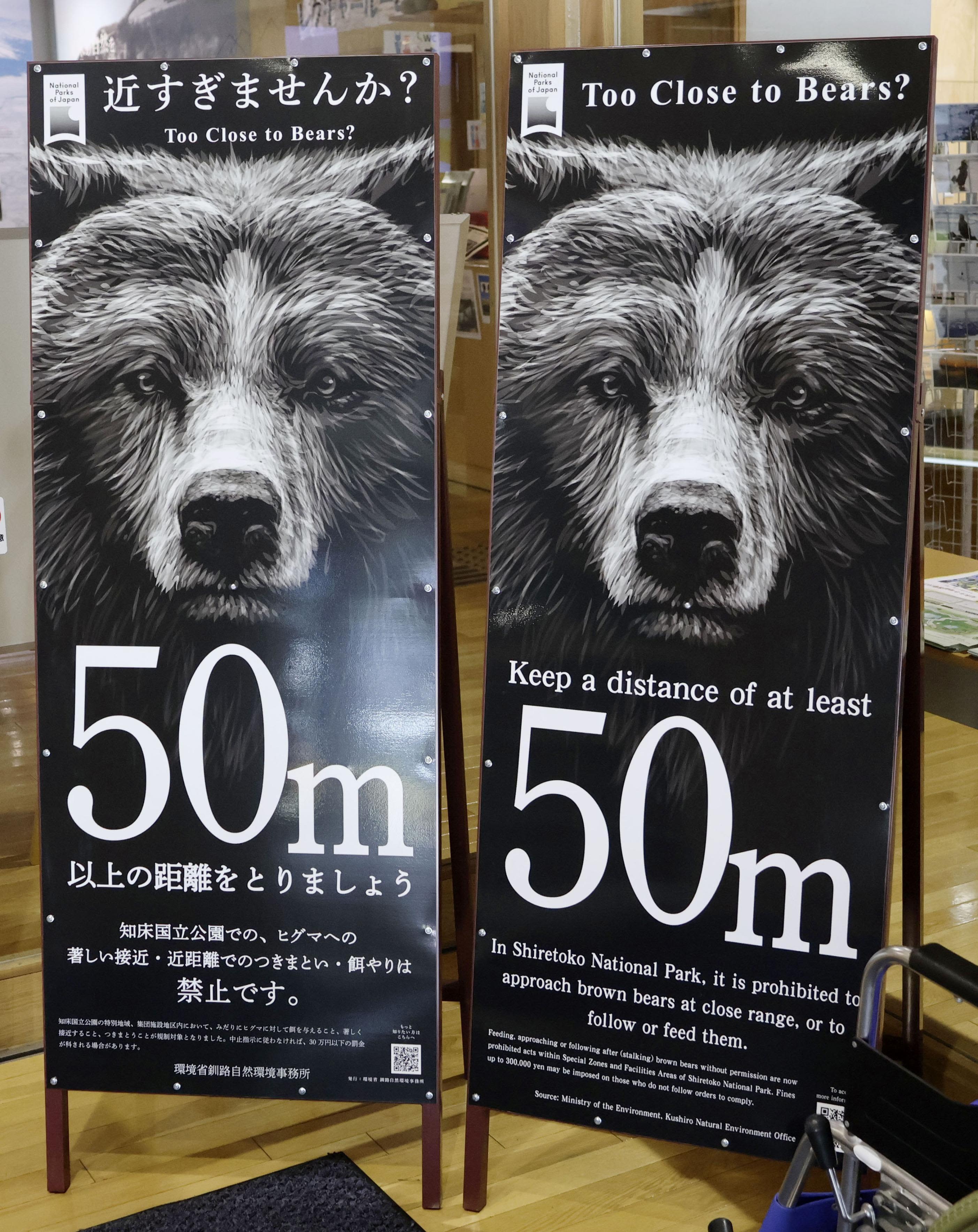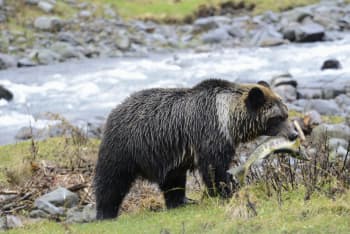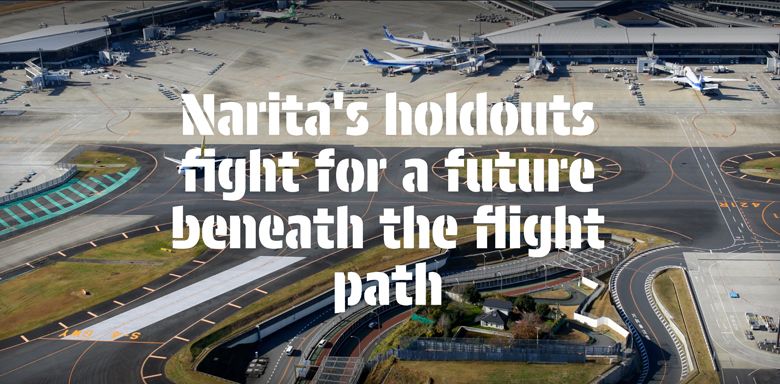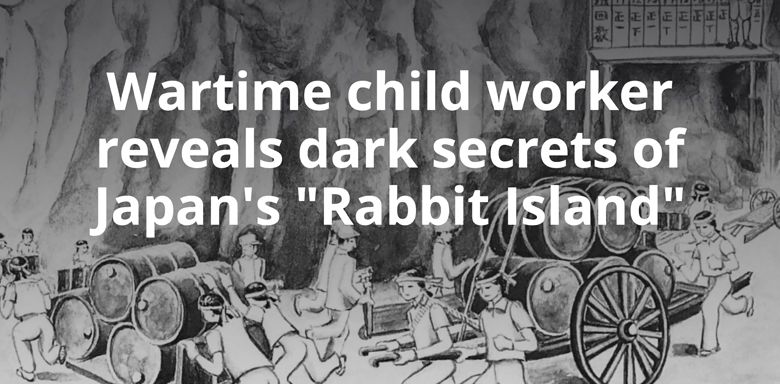Rising bear attacks prompt new shooting rules, but hunters dwindle

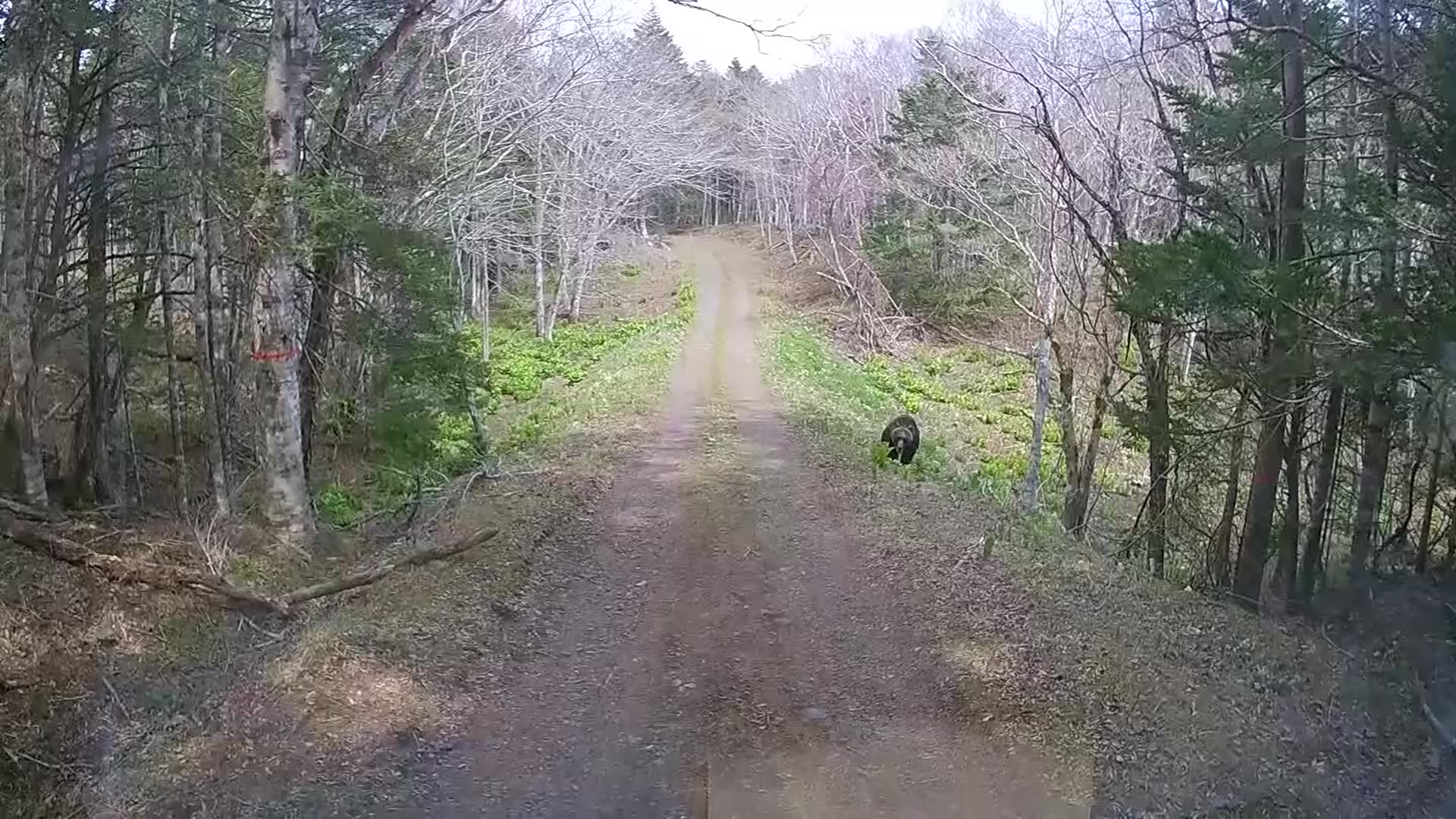
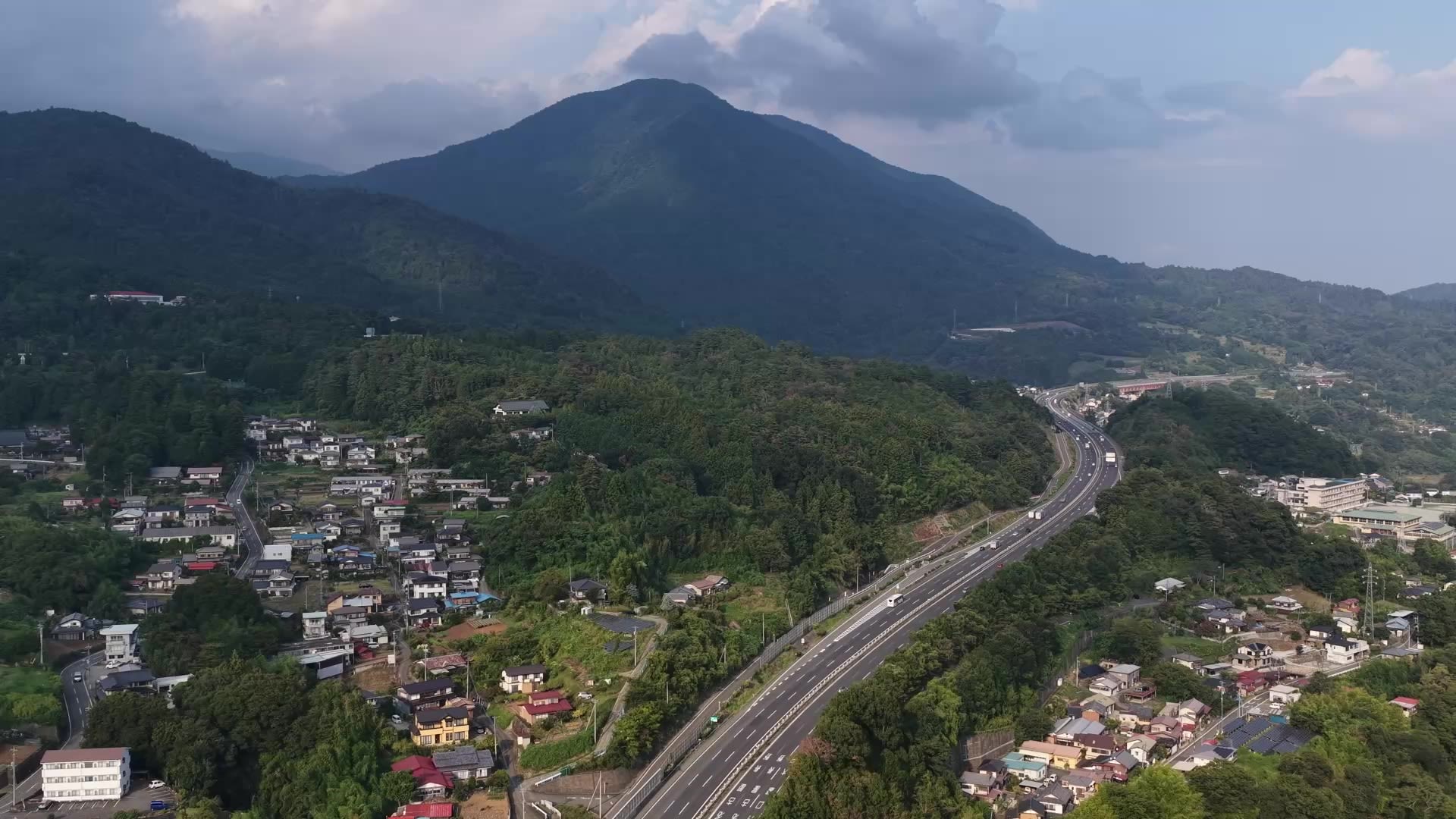
Japan's surge in bear attacks has forced the government to relax rules on "emergency shootings" in populated areas, amid concerns over whether municipalities can secure hunters skilled enough to respond without putting residents at risk.
A hunter takes part in training in Sapporo, Hokkaido, in August 2025 for "emergency shootings" of brown bears in populated areas.
A hunter takes part in training in Sapporo, Hokkaido, in August 2025 for "emergency shootings" of brown bears in populated areas.
From April this year, Japan, mainly in its northern parts, saw a high number of attacks and damage caused by bears, resulting in six human deaths, matching a record set in the year from April 2023 to March of the following year, according to Ministry of Environment statistics as of Monday.
A new fatality record, tallied over the fiscal year rather than the calendar year, is likely to be set following the recent deaths of two men in suspected bear attacks, though the deaths have yet to be officially ruled as such. Experts say an increasing number of incidents have occurred in residential areas compared with the past few years.
The Sapporo local government in Hokkaido said there have been 71 sightings of brown bears or confirmation of their presence through footprints or droppings in September, five times more than the same month the previous year and the highest for a month in the past decade.
"The bears are coming nearer to humans, to our residential areas. What is scary is that they attack humans," said Ryoji Suzuki, 76, who heads a hunters' association based in Otsuki, Yamanashi Prefecture, near Tokyo.
Experts say bears are moving closer to residential areas as rural communities decline and farmland is abandoned, erasing the buffer zones that once separated settlements from wilderness. With fields overgrown and depopulated areas left dark at night, bears can move in and forage undisturbed. Climate change, which affects food availability, is also believed to play a role.
(Photo courtesy of Japan's Ministry of Environment)
(Photo courtesy of Japan's Ministry of Environment)
Yet even as bear habitat expands, the number of hunters is declining as they age, leaving fewer able to respond when bears appear in residential areas.
Ministry of Environment-approved, first-grade game shooting licenses for those wishing to hunt in Japan by using bullet-loaded guns stood at 500,000 in 1976 but since 2012, it has dropped to under 100,000.
"For now, we humans are surrounding the animals. But I fear that in the future, as hunters age and can no longer do the job, it will be us who are surrounded," said Suzuko Tsunoda, 39, the youngest of about 35 members in the same hunting association.
Under the revision to the law on wildlife protection and management that took effect in September, local governments can now authorize hunters to kill bears in populated areas. Previously, such shootings required police permission.
The move has triggered safety concerns. Critics warn that hunters used to stalking game deep in the mountains may not be prepared for split-second decisions in neighborhoods, where stray bullets could be deadly.
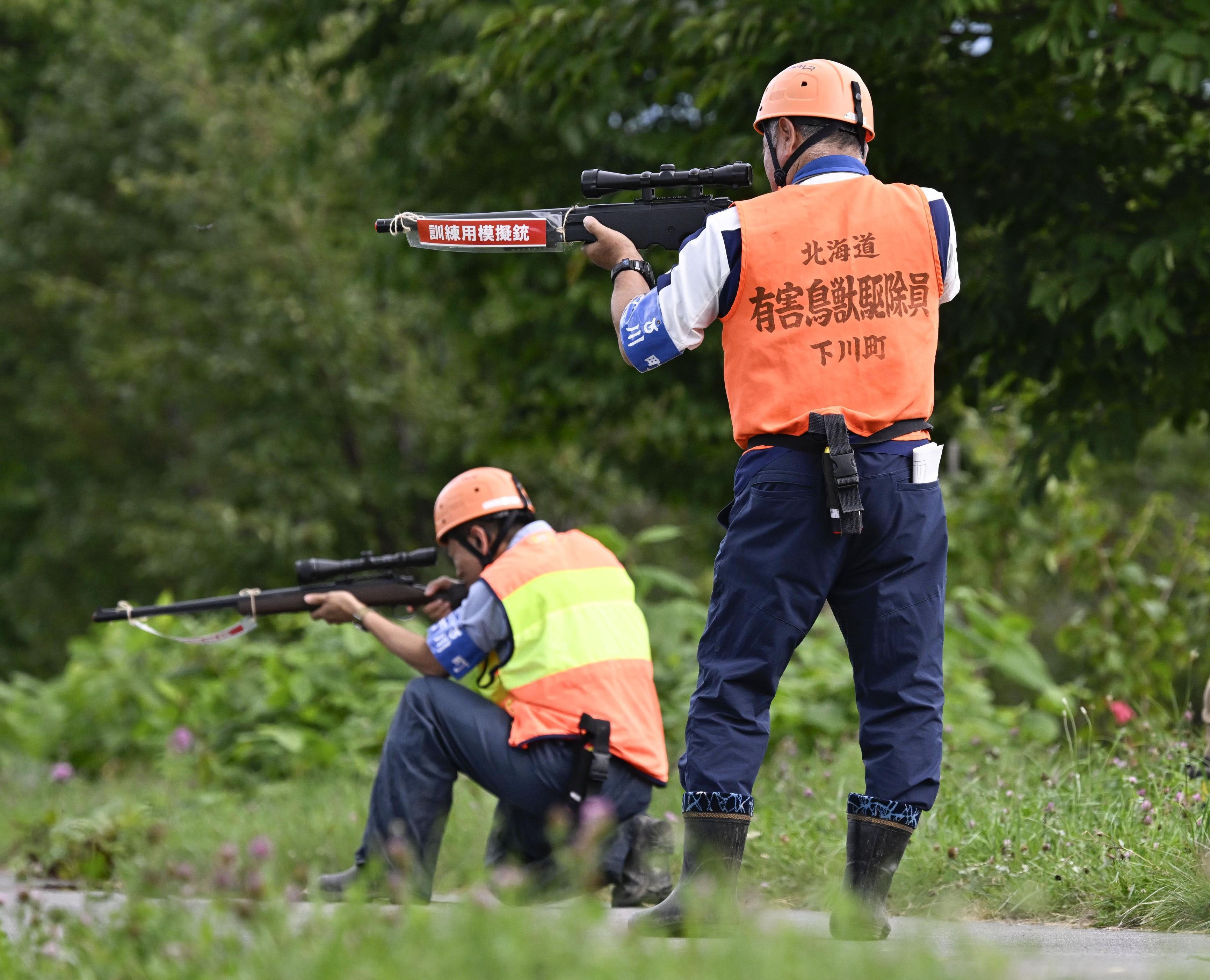
Suzuki, who has nearly 40 years of hunting experience, stressed that killing bears or any animal designated harmful under Japanese law is not just about pulling the trigger.
"The process of transporting and processing (a carcass) requires expertise and teamwork, and is not something ordinary residents can do," he said.
Tsunoda is in her third year as a hunter. "I hunt by following the example of my seniors and listen to their experiences," she said.
"You need to have a vast and deep knowledge of the mountains, the habitat of the animals and how they move around. That takes time to learn, and I am so worried that veteran hunters will be gone in five years," Tsunoda added.
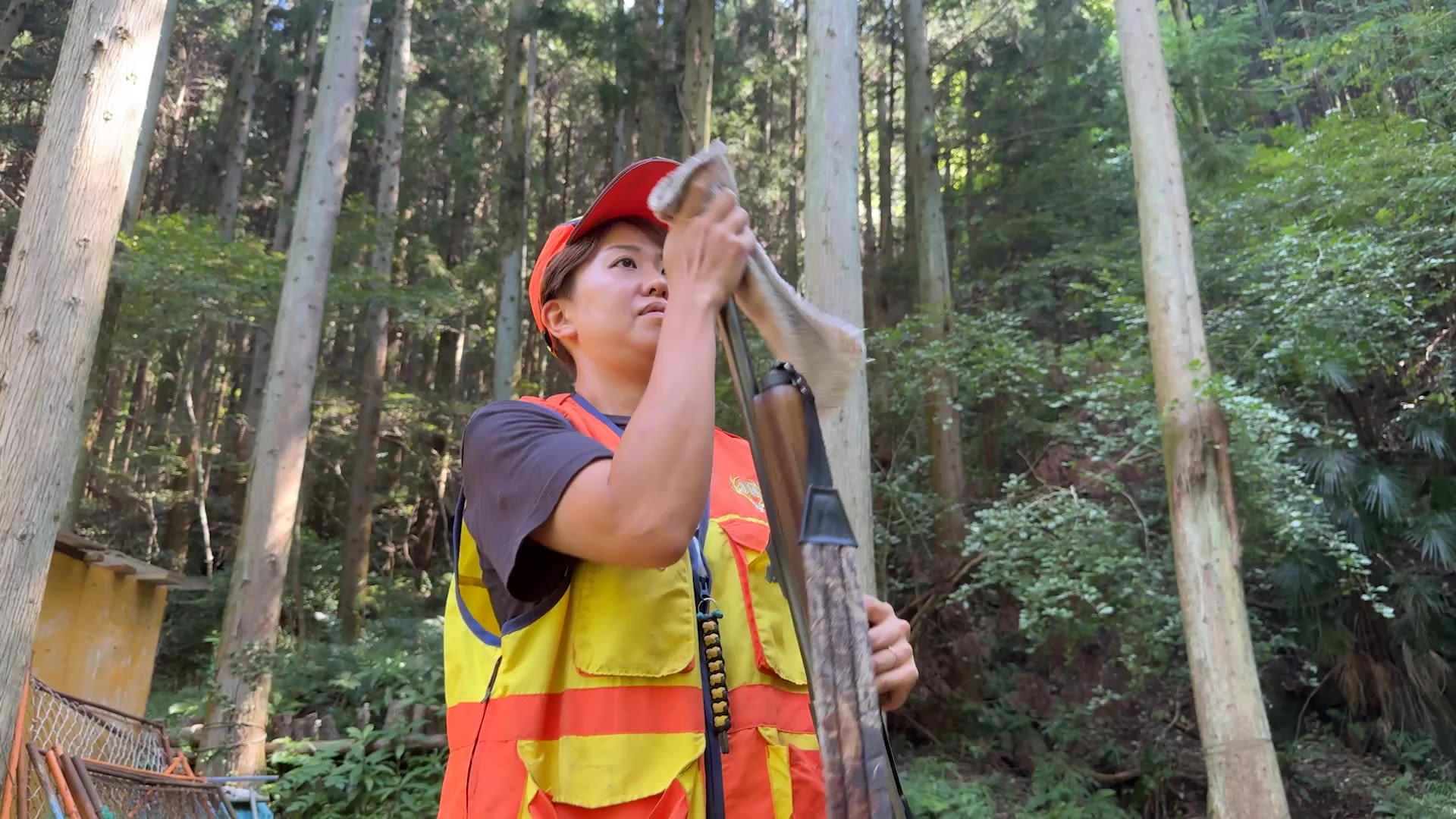
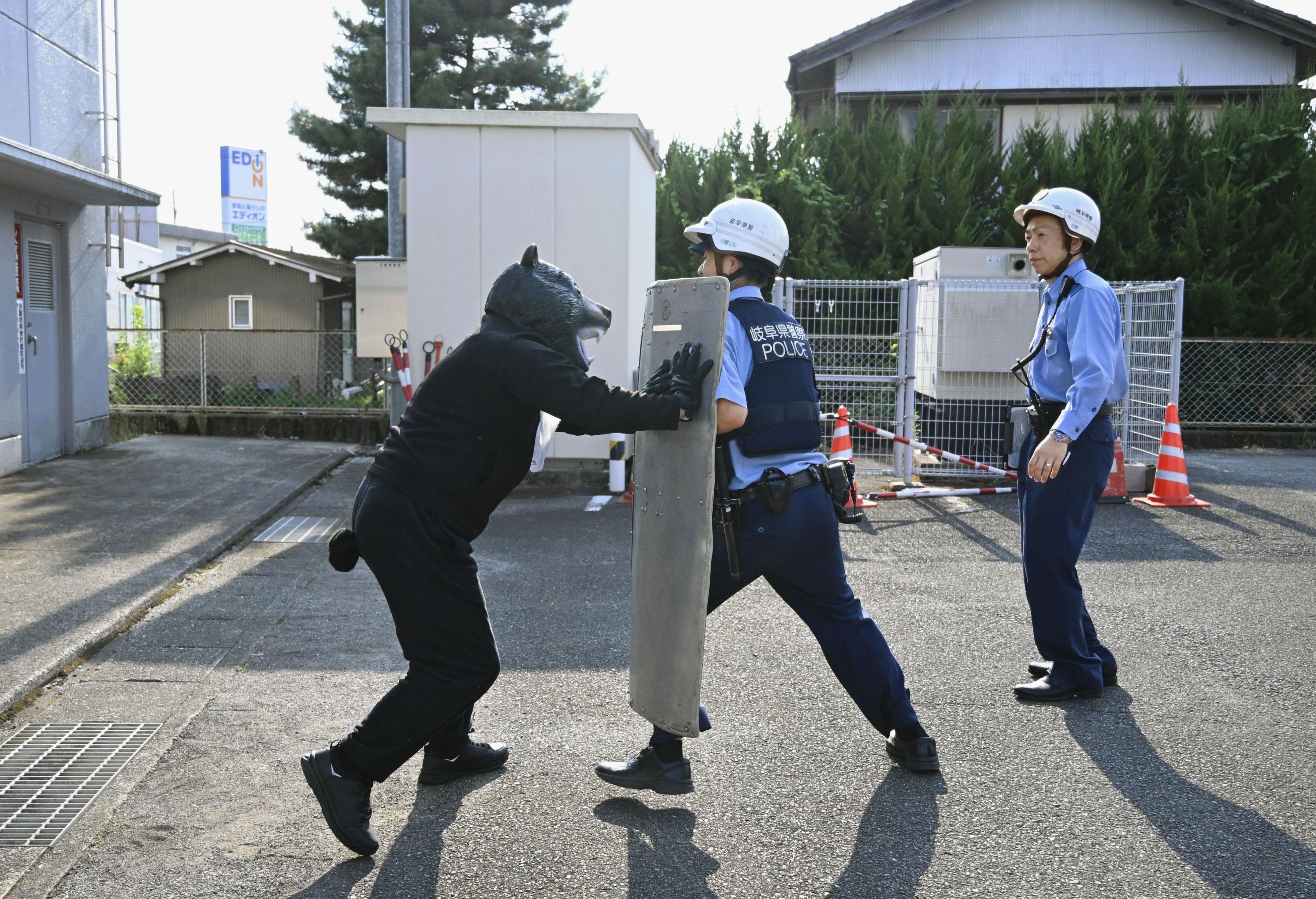
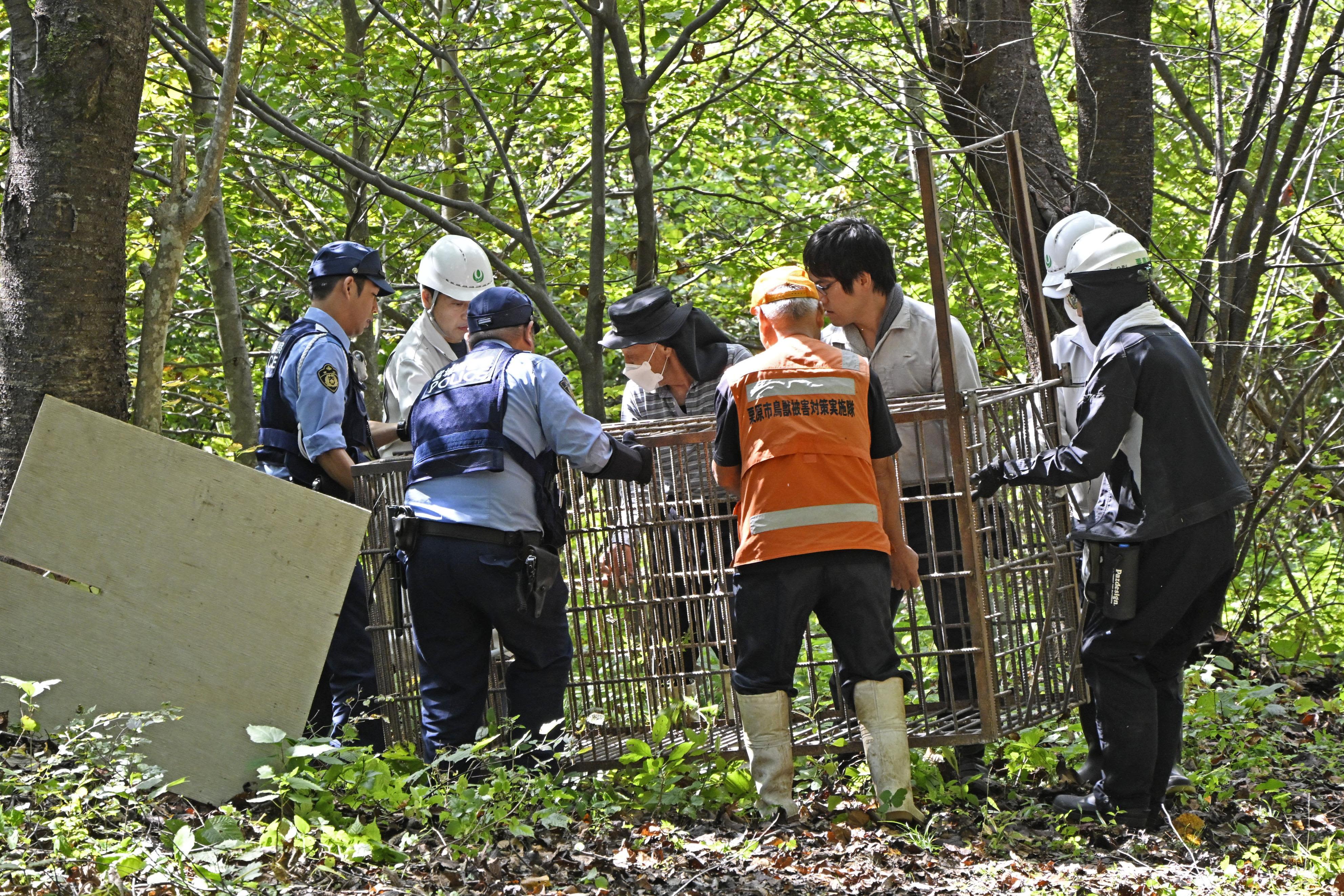
Some experts argue municipalities should not rely solely on shooting bears.
Shinsuke Koike, a professor at Tokyo University of Agriculture and Technology, said Japan needs a scientific approach, such as analyzing bear movements, along with prevention and public education.
"It is insufficient to just focus on eliminating the danger on the scene as a stopgap measure," said Koike, who also heads the Japan Bear Network, a nongovernmental group that promotes coexistence with bears.
"There is always a factor that has led to bears appearing in urban areas and we need to learn from past cases, otherwise they will continue to appear," he stressed.
Koike added that few municipalities have systems to authorize such shootings, and called for training specialized staff and trappers, citing examples in Europe and the United States where hunters are employed by local governments.
Even foreign travelers have been caught up in bear attacks. Earlier this month, a Spanish tourist was injured by a bear cub at the World Heritage mountain village of Shirakawa in Gifu Prefecture, central Japan.
The impact of bear attacks on tourism has also been felt in Shiretoko, a World Natural Heritage site in northeastern Hokkaido, where trails were closed after a fatal bear attack in August.
Photo shows elevated wooden paths surrounded by electric fencing at Shiretoko Goko in Shari, Hokkaido, on Aug. 20, 2025.
Photo shows elevated wooden paths surrounded by electric fencing at Shiretoko Goko in Shari, Hokkaido, on Aug. 20, 2025.
Though far from the populated areas covered by the new rules, the closures showed how the surge in encounters is affecting not only safety but also one of Japan's most renowned nature destinations.
In the wake of such encounters, tourists want authorities to provide timely information and advice on social media in English.
Photo taken in September 2025 shows signboards in Shari, Hokkaido, warning people to stay away from brown bears after an attack on a hiker.
Photo taken in September 2025 shows signboards in Shari, Hokkaido, warning people to stay away from brown bears after an attack on a hiker.
During their trip on Sept. 22 to Shiretoko, Arthur Santiago and his companions from the United States said that while they are with well-prepared guides, they themselves are well-aware and "conscious" of the risks.
Catherine Phillipson from Britain, visiting there on Sept. 22, recounted that she was also told to be careful, but she was rather worried her presence as a tourist might put bears at greater risk.
"I am more concerned that someone might shoot a bear because they were frightened for me," she said.
Her words tied into Japan's wider debate over coexistence with wildlife and whether responses to bears can move beyond the rifle.
(Hitomi Okada contributed to this story)

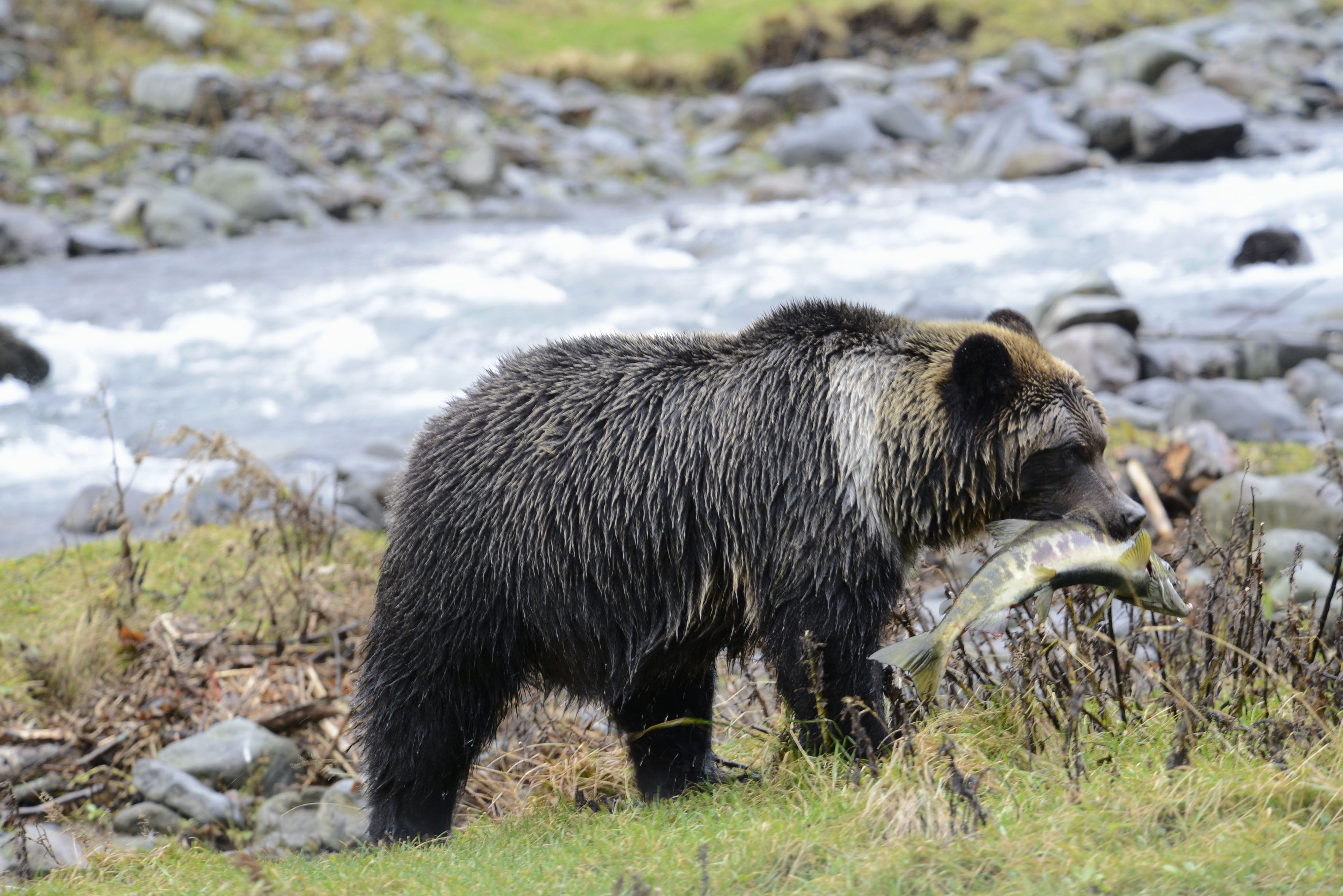
Other Spotlight Japan Stories
Narita's holdouts fight for a future beneath the flight path
Resembling shark fins poking above the waterline, the tails of taxiing airplanes are just visible over the tall white fence that separates Kinone Pension from the runways of Narita airport.
Japanese underground idol culture booming in China
At a club in Shanghai, dozens of young people jump and wave glow sticks as they dance to the music. They're Chinese amateur girl groups singing in Japanese, and this is Japan's globalized idol culture.
Distillery mixes funky beats into brown sugar shochu
Okunoshima has become famous globally as Japan's Instagrammable "Rabbit Island" but little is known about its dark history as a host to a wartime poison gas factory and weapons plant.
Wartime child worker reveals dark secrets of Japan's "Rabbit Island"
Okunoshima has become famous globally as Japan's Instagrammable "Rabbit Island" but little is known about its dark history as a host to a wartime poison gas factory and weapons plant.
The Company uses Google Analytics, an access analysis tool provided by Google. Google Analytics uses cookies to track use of the Service. (Client ID / IP address / Viewing page URL / Referrer / Device type / Operating system / Browser type / Language /Screen resolution) Users can prevent Google Analytics, as used by the Company, from tracking their use of the Service by downloading and installing the Google Analytics opt-out add-on provided by Google, and changing the add-on settings on their browser. (https://tools.google.com/dlpage/gaoptout) For more information about how Google handles collected data: Google Analytics Terms of Service (https://policies.google.com/technologies/cookies?hl=en#types-of-cookies) Google Privacy & Terms(https://policies.google.com/privacy)
© Kyodo News. All Rights Reserved. No reproduction or republication without written permission.

